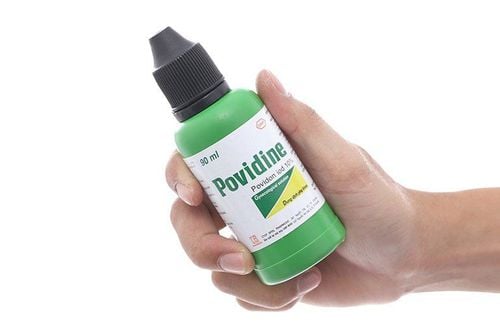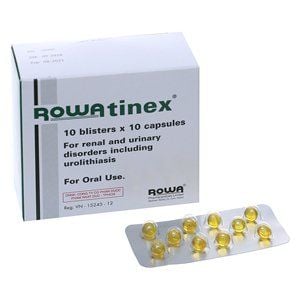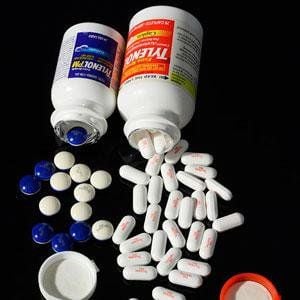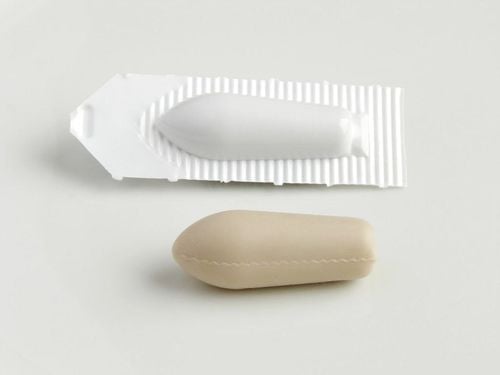Vitamin PP (also known as niacinamide) is a B-group vitamin, specifically the amide form of vitamin B3. In the body, niacinamide is metabolized into substances that play essential roles in vital cellular reactions.
1. Overview
Vitamin PP (also known as niacinamide or nicotinamide) is a form of vitamin B3 (niacin) – one of the eight B vitamins essential for maintaining good health.
Vitamin B3 plays a crucial role in converting the food we consume into usable energy and helps body cells perform vital chemical reactions. Due to its water-soluble nature, the body does not store this vitamin, which is why we need to consume vitamin B3 daily.
Vitamin B3 is commonly found in its vitamin PP form in animal-based products, such as meat and poultry, and as nicotinic acid (another form of vitamin B3) in plant-based foods like nuts, seeds, and leafy greens.
Many cereal products (both whole grain and refined) are also rich in vitamin PP.
The body can also synthesize vitamin B3 from tryptophan, an amino acid found in most protein-containing foods. However, this conversion is inefficient, as it requires 60 mg of tryptophan to produce just 1 mg of vitamin B3.

Historically, vitamin B3 was referred to as vitamin PP, an abbreviation for pellagra-prevention. This is because a deficiency in vitamin B3 or tryptophan can lead to a disease called pellagra, characterized by four main symptoms: diarrhea, dermatitis, dementia, and, if untreated, death. Pellagra is rare in developed countries like North America and Europe but remains prevalent in some developing nations. Both nicotinic acid and niacinamide (vitamin PP) can treat pellagra; however, niacinamide is preferred due to its fewer side effects, such as causing skin flushing.
2. What are the benefits of Vitamin PP?
In addition to being the preferred form of vitamin B3 for treating pellagra, vitamin PP offers various health benefits and uses.
2.1 Beneficial for certain skin conditions
Vitamin PP plays an essential role in maintaining healthy skin. For this reason, it is a common additive in the cosmetic and skincare industries.
When applied topically or taken as a supplement, vitamin PP has been shown to have anti-inflammatory effects on the skin. It is used to treat skin conditions such as acne and rosacea, a facial skin disorder characterized by redness. This makes vitamin PP a popular alternative to oral or topical antibiotics for treating acne or rosacea.
2.2 Helps prevent melanoma
Melanoma is a severe type of skin cancer that develops in melanocytes, the cells responsible for producing melanin, the pigment that gives color to your skin.
Exposure to ultraviolet (UV) radiation from sunlight or electronic devices can damage cell DNA over time and is strongly linked to melanoma development.
Given its role in maintaining healthy cells, oral supplementation of vitamin PP has been shown to enhance DNA repair in UV-damaged skin in humans.
Therefore, niacinamide is a promising supplement that may protect against melanoma, especially in high-risk individuals, such as those with a history of non-melanoma skin cancer.
2.3 Beneficial for Chronic Kidney Disease
Chronic kidney disease (CKD) is the gradual loss of kidney function, impairing the body's ability to cleanse and filter blood and regulate blood pressure. This can lead to the accumulation of harmful substances in the blood, such as phosphate.
Research suggests that vitamin PP may help reduce phosphate levels in individuals with impaired kidney function by inhibiting its reabsorption in the kidneys.
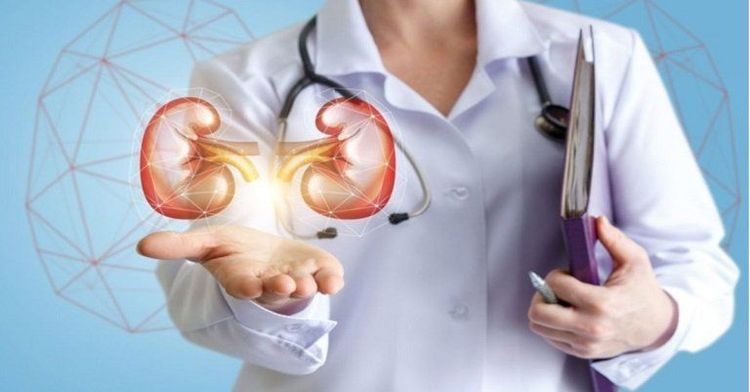
Phosphate levels in chronic kidney disease are typically managed through dietary changes, medications, or dialysis, depending on the severity of the buildup.
2.4 May slow the progression of type 1 diabetes
Type 1 diabetes is a condition where the body attacks and destroys the insulin-producing beta cells of the pancreas. It has been suggested that vitamin PP may help protect and preserve beta cells, thereby preventing or delaying the onset of type 1 diabetes in individuals at risk.
However, some studies do not support the idea that vitamin PP can prevent the onset of type 1 diabetes, although it may help delay disease progression by maintaining beta cell function.
While its effects are promising, further research is needed before niacinamide can be recommended as an intervention for type 1 diabetes.
3. Dosage and Administration of Vitamin PP
The typical oral dosage for vitamin PP supplements is as follows:
Vitamin PP is often combined with other vitamins in supplements to enhance nutritional intake:
• Adults: 13 - 19 mg/day, taken once or divided into two doses.
• Pregnant and breastfeeding women, or those with a malnourished diet: 17 - 20 mg/day, taken once or divided into two doses.
• Children: 5 - 10 mg/day, taken once or divided into two doses.
In cases where oral administration is not possible, niacinamide can be administered through intramuscular injection or slow intravenous infusion with a dose of 25 mg, given 2 or more times daily. When administered intravenously, the infusion rate should not exceed 2 mg/min.
Treatment for Pellagra:
• Adults: The usual dose is 300 - 500 mg/day, up to a maximum of 1500 mg/day, divided into 3 - 10 doses.
• Children: The usual dose is 100 - 300 mg/day, divided into 3 - 10 doses.
Acne Treatment:
• Apply ointment to the affected facial skin twice a day and evaluate the treatment results after 8 - 12 weeks.

4. Side effects of vitamin PP
Niacinamide is generally well tolerated at appropriate doses, as excess amounts are typically excreted through urine.
The upper tolerable limit for vitamin B3 is 35 mg per day. This amount is unlikely to cause flushing, redness, itching, or a tingling sensation on the skin, which are known side effects of nicotinic acid, but not of vitamin PP.
There have been reports of less common side effects related to vitamin PP, such as stomach discomfort, nausea, and headaches.
It is also suggested that vitamin PP may increase insulin resistance, a sign of type 2 diabetes, although sufficient scientific evidence is not yet available.
To arrange an appointment, please call HOTLINE or make your reservation directly HERE. You may also download the MyVinmec app to schedule appointments faster and manage your reservations more conveniently.
Reference source: healthline.com
To arrange an appointment, please call HOTLINE or make your reservation directly HERE. You may also download the MyVinmec app to schedule appointments faster and manage your reservations more conveniently.
